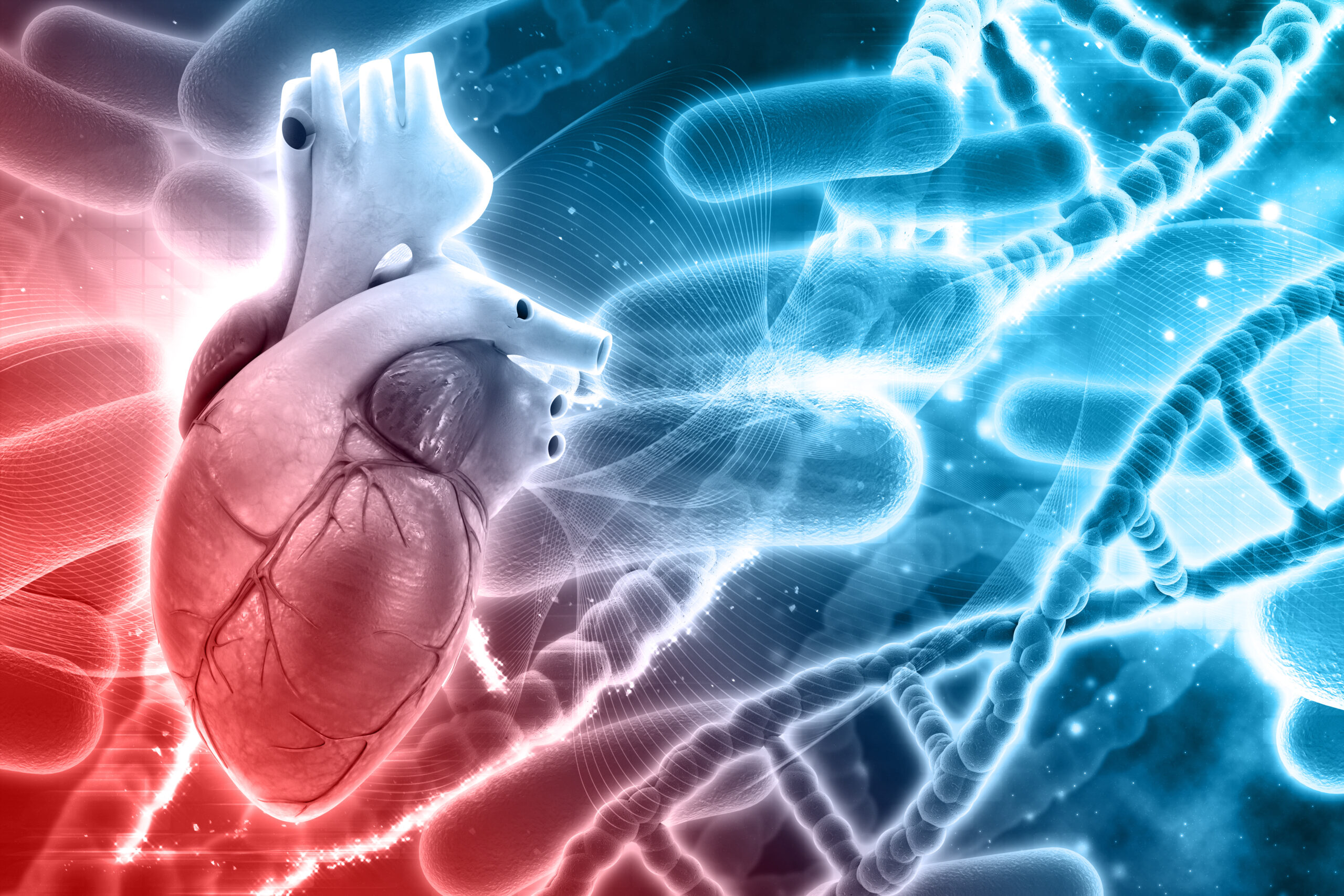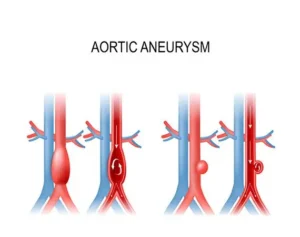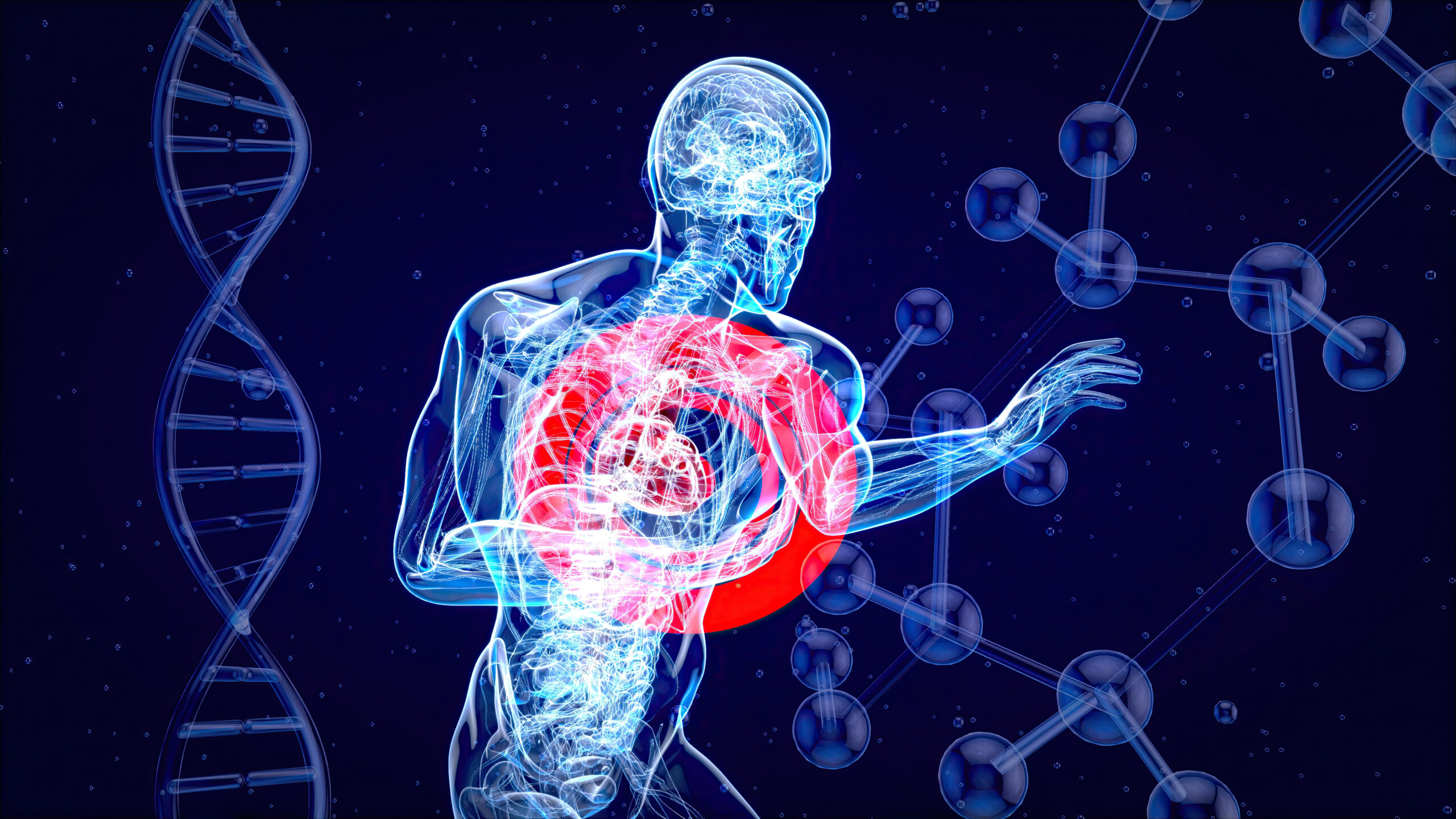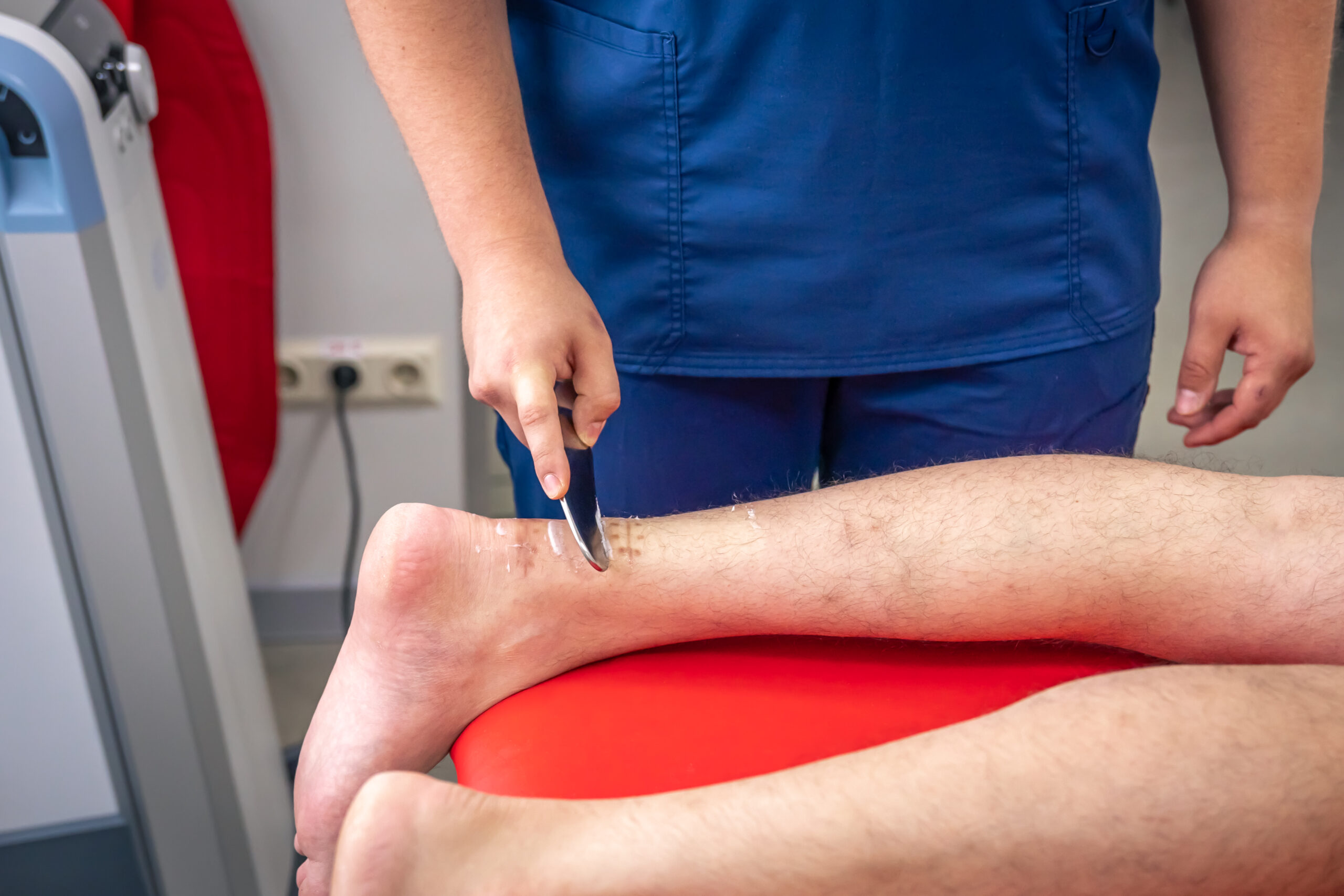Aortic Aneurysm: Causes, Symptoms and Treatment Guide

Aortic aneurysm disease is among the gravest cardiovascular diseases which should be identified timely and professionally treated to eliminate life-threatening conditions. As one of the most widespread vascular diseases, aortic aneurysm may be of utmost significance to patients and assorted medical practitioners to act in time and attain the most favourable outcomes.
Understanding Aortic Aneurysm Disease
An aortic aneurysm is a condition of weakness and an exaggeration of the part of the aorta, which is the largest artery in the body. The definition of the abdominal aortic aneurysm links the abdominal aorta, which is enlarged at a local point, and is more than 3.0 cm in diameter or 1.5 times its normal diameter on a point that is so enlarged. It is a progressive disease that is only realised when the affected individual is old enough, hence the need to realise this disease through screening programs.
The oxygenated blood pumped by the heart is pumped in the aorta, which supplies blood to all parts of the body. The formation of the aneurysm predisposes the arterial wall, which becomes less strong and weaker, and this may lead to rupture of medical emergencies with extremely high mortality rates.
Aortic Aneurysm Classification
The types of aortic aneurysms that a medical practitioner uses the various classification systems are to classify based on the location, size and morphology of the aneurysm occurrence. Types of aortic aneurysm are majorly:
By Location:
- Thoracic aortic aneurysms-These are formed in the chest of the aorta.
- Abdominal aortic aneurysms: Abdominal aneurysm growing.
- Thoracoabdominal aneurysms: The chest and the belly are cut across.
By Size:
- Small aneurysms: 3.0- 4.4 cm in diameter.
- Medium aneurysms: 4.5-5.4 cm in diameter.
- Giant aneurysms: 5.5 cm or more in size.
The ICD-10 codes used to encode healthcare providers to prevent failure include thoracic ascending aortic aneurysm (I71.2), abdominal aortic aneurysm (I71.4), and screening for aortic aneurysm (Z13.6) to represent preventive screening measures.
Causes and Symptoms of Aortic Aneurysm
The onset of an understanding of causes and symptoms of aortic aneurysms should be identified and addressed at an initial stage. The primary causes include:
Risk Factors:
- The thickening of arteries (hardening or atherosclerosis).
- High blood pressure (hypertension).
- Smoking tobacco
- Heredity and family history.
- Advanced age (typically over 65)
- Male gender
- Connective tissue diseases.
Clinical Presentation:
The majority of aortic aneurysms have no symptoms, but in case of a large aneurysm or rupture, the symptoms can be observed. They are able to bring about such symptoms as:
- The lumbar pain or abdominal pains are severe and painful.
- Abdominal pulsations, dyspnea and blood.
- High back pain (thoracic aneurysms) or chest pain.
- Problems with swallowing or breathing in (large thoracic aneurysms)
The fact that such a condition is usually silent underscores the need to screen it, particularly in high-risk patients.

Aortic Aneurysm Diagnosis
The retrieval of modern aortic aneurysms depends on advanced imaging equipment and clinical evaluation. The method of diagnosis involves:
Imaging Studies:
- Ultrasound: The primary screening method for abdominal aortic aneurysms.
- CT angiography: Gives a detailed anatomy and size of an aneurysm.
- MR angiography: Patients unable to receive contrast – Alternative imaging options are available.
- Duplex ultrasound: Integrates conventional ultrasound and Doppler flow imaging.
- Screening Programs: The SA Program’s evidence-based screening recommendations identify populations at risk, including men aged 65-75 who have a history of smoking.
Software for diagnosing abdominal aortic aneurysms involves a careful assessment of the aortic diameter and the identification of aneurysm characteristics to inform treatment decisions.
Aortic Aneurysm Treatment Guidelines
The prevailing approach to treating aortic aneurysms emphasises the importance of individualised care, which should be determined by the size of the aneurysm, its growth rate, the patient’s comorbidities, and the patient’s surgical risk factors. The management leadership is based on proper guidelines:
Surveillance Management:
- Small aneurysms (smaller than 5.5 cm): imaging for privacy checking.
- Modification of risk factors: achieving hypertensive control and quitting smoking.
- Periodical review to observe the growth momentum.
Surgical Intervention:
Surgical Treatment will be required in cases where an aneurysm reaches certain size limits or in instances of a rapidly growing aneurysm. Guidelines on aortic aneurysm: recommend interventions on those aneurysms whose size meets the following criteria:
- Aneurysms of the abdomen 5.5 cm and above.
- Thoracic aneurysms 2.5 inches in size.
- Soon-growing aneurysms (>0.5 cm per year)
- Artificially-induced symptomatic aneurysms of any size.
Abdominal Aortic Aneurysm Management
The management of comprehensive management of abdominal aortic aneurysms involves the use of a multidisciplinary approach that involves the use of medical optimization, surgical, and long-term follow-up services. Treatment options include:
Endovascular Aneurysm Repair (EVAR):
- Weakly invasive technique with stent grafts.
- Lower risk of complications during the procedure and a quicker recovery.
- Needs an appropriate anatomy of the aneurysms.
- Surveillance is necessary over a long period.
Open Surgical Repair:
- The classical method, which includes the replacement of an aneurysm.
- Durable long-term results
- Increased preoperative morbidity.
- Opposite to the complicated aneurysm.
Although these surgical procedures do not fully cure the abdominal aortic aneurysms, it will also avoid rupture of the aneurysms or even more, save a life as long as the procedures applied by the vascular surgeons are not careless or at least, experienced.
Aortic Aneurysm Surgery Complications and Recovery
Knowing the complications of surgery of aortic aneurysm make patients make informed choices on how they are treated. Potential complications are:
Procedural Risks:
- Bleeding and blood transfusion requirements
- Infection at surgical sites
- Cardiac complications
- Renal dysfunction
- Spinal cord ischemia (rare but severe)
Endograft-Specific Complications:
- Endoleaks requiring reintervention
- Device migration or fracture
- Limb occlusion
The recovery of the aortic aneurysm surgery depends on the method used to perform the surgery. Endovascular operations usually enable quick healing with a hospital stay of 1-3 days with open-surgery operations potentially taking 5-7 days in hospital and a few weeks to entirely heal.
Aortic Aneurysm Prevention
The risk factors that can be altered are the common strategic factors in the effective aortic aneurysm prevention:
Lifestyle Modifications:
- Smoking cessation education (most significant preventative act)
- Lifestyle change and medication in blood pressure management.
- Exercise and healthy weight.
Diabetes management
Cholesterol control
Medical Management:
- Antihypertensive medications
- Statin therapy for cholesterol control
- Aspirin therapy (when appropriate)
- Regular medical follow-up
Expert Care with Dr Luv Luthra
Dr. Luv Luthra is a specialist with more than 20 years of experience in vascular and endovascular surgery that he introduces to the Punjab population. Having the highest qualification in MCh and DNB Vascular Surgery, Dr. Luthra offers extensive treatment to aortic aneurysms, both through the conventional open surgery and the latest advanced endovascular methods.
Chand Vascular Care, which is located in Ludhiana, has a patient-centered treatment plan that addresses the needs of their particular condition and risk profile. Dr. Having specialised in the treatment of complex vascular disorders, Luthra with the latest diagnostic tools and surgical equipment is bound to deliver the best results to the aortic aneurysm patients.
The practice provides end-to-end services of the aortic aneurysm, such as screening programs, medical management, surgical intervention, and follow-up services. Having emphasis on patient safety, novel treatments, and clinical expertise, Dr. Luthra offers expert care that is required in dealing with this severe cardiovascular disease.
Conclusion
The disease of aortic aneurysm must be timely detected, examined and dealt with by an expert to avoid life endangering complications. Patients can attain a high success when it comes to sophisticated diagnostic procedures, evidence-based treatment regimes, and a skilled surgical team. Routine screening of people at high risk as well as proper lifestyle change and medical care is still the key to the prevention of the complications associated with aneurysms.
In the case of the patients diagnosed with the aortic aneurysms, attending the services of the qualified vascular specialists such as Dr. Luv Luthra guarantees the access to the most recent treatment options and the extensive management procedures aimed at saving their lives and enhancing the quality of life
For expert evaluation and treatment of aortic aneurysms, contact Dr Luv Luthra at +91 99152 83044. Advanced diagnostics and evidence-based treatments are available for comprehensive vascular care you can trust.



